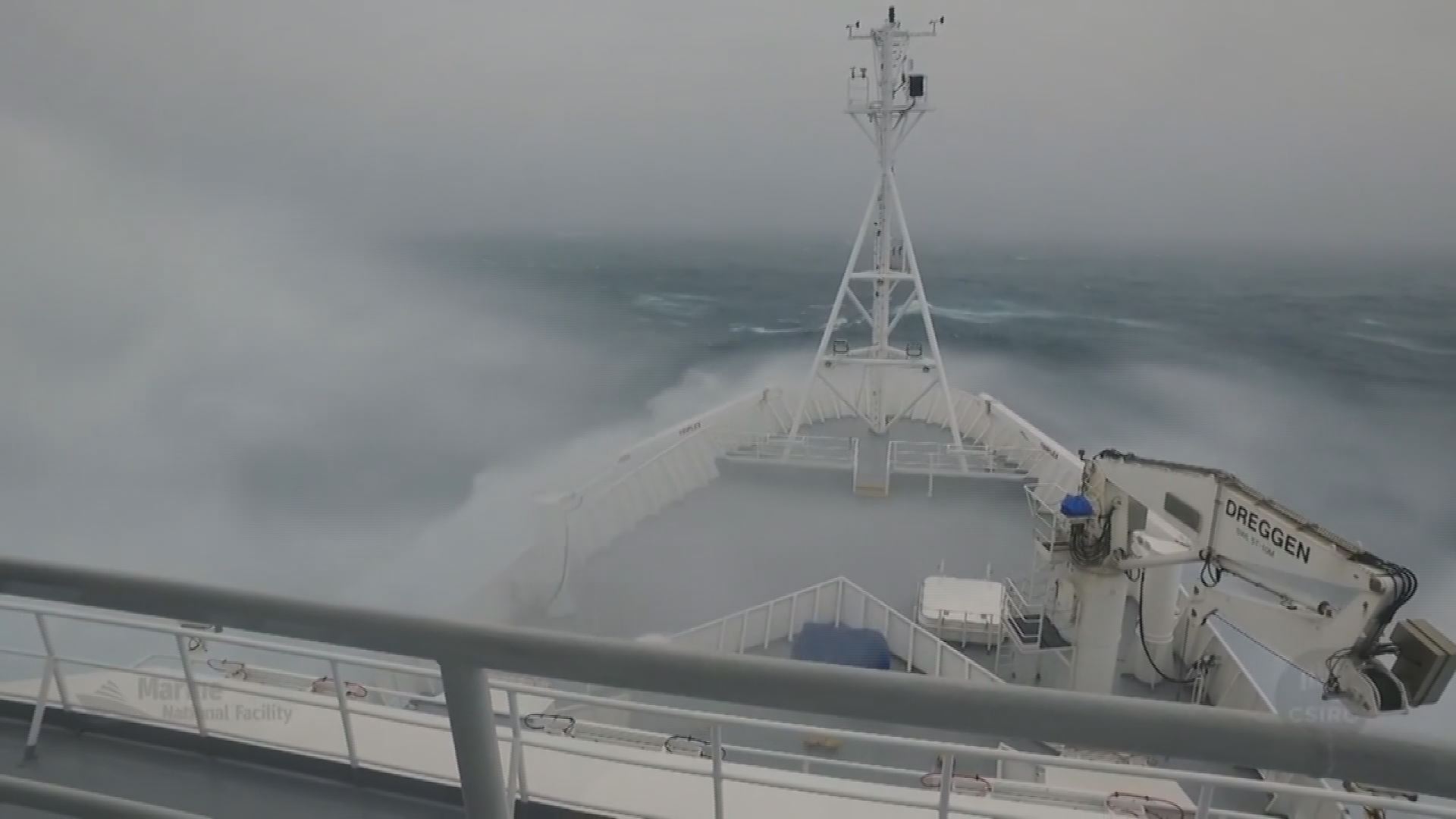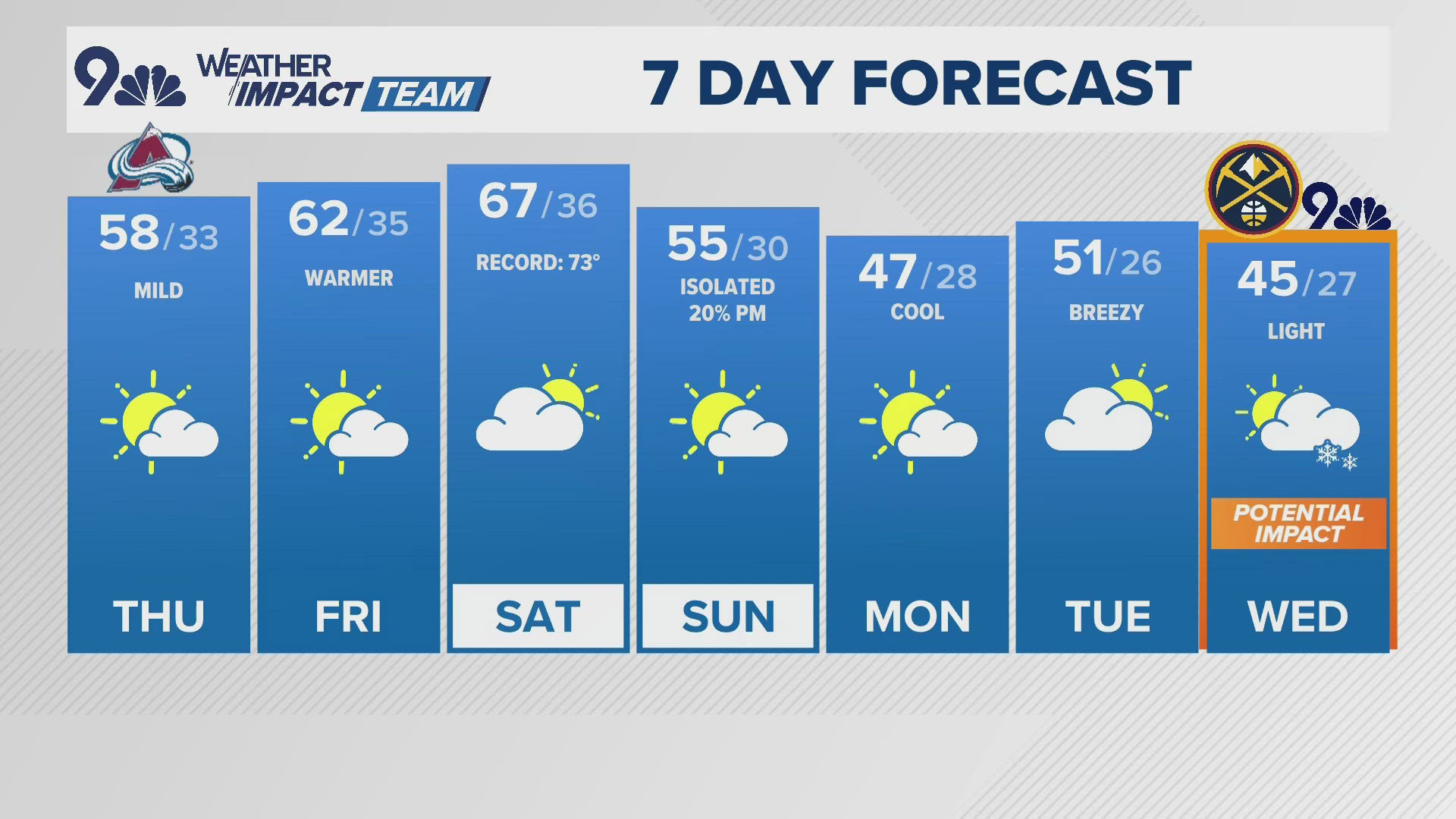There is a weather mystery near the Southern Ocean at the bottom of our planet, and a group of Boulder scientists are preparing to go there to solve what they call a “supercooled” mystery.
The mystery is actually in our climate models and the clues are in the clouds.
National Center for Atmospheric Research (NCAR) scientists believe computers routinely underestimate the amount of solar radiation that gets reflected into space by clouds in the Southern Ocean because the cloud chemistry may be a little different down there.
That makes it difficult to calculate exactly how much the climate is warming.
To solve this mystery researchers from NCAR in Boulder will have to travel to the Southern Ocean, which is famously considered one of the stormiest places on earth.
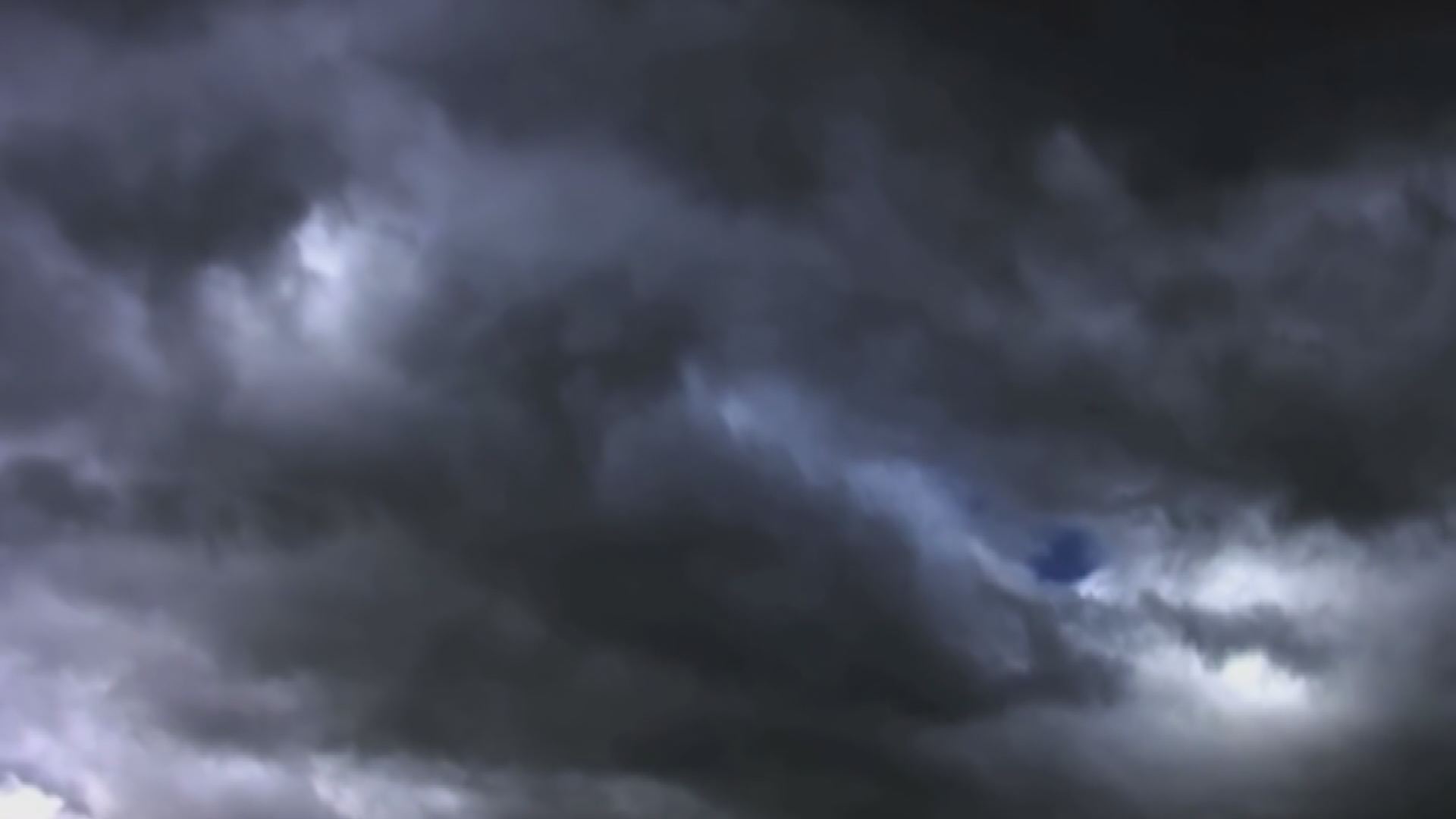
“It’s hard to imagine a worse place to do a field campaign, but a vast stormy ocean is a great laboratory for studying clouds, and it's clear from our models that we have a lot to learn about them,” said Eric DeWeaver, program director for Climate and Large-Scale Dynamics in NSF’s Geoscience directorate.
The National Science Foundation is providing much of the funding on the U.S. side of this project which is called SOCRATES (Southern Ocean Clouds, Radiation, Aerosol Transport Experimental Study).
Six weeks of experiments will be conducted there using an NCAR Gulfstream V aircraft, and a ship from Australia provided by one of the partners in the project,The Commonwealth Scientific and Industrial Research Organization (CSIRO).
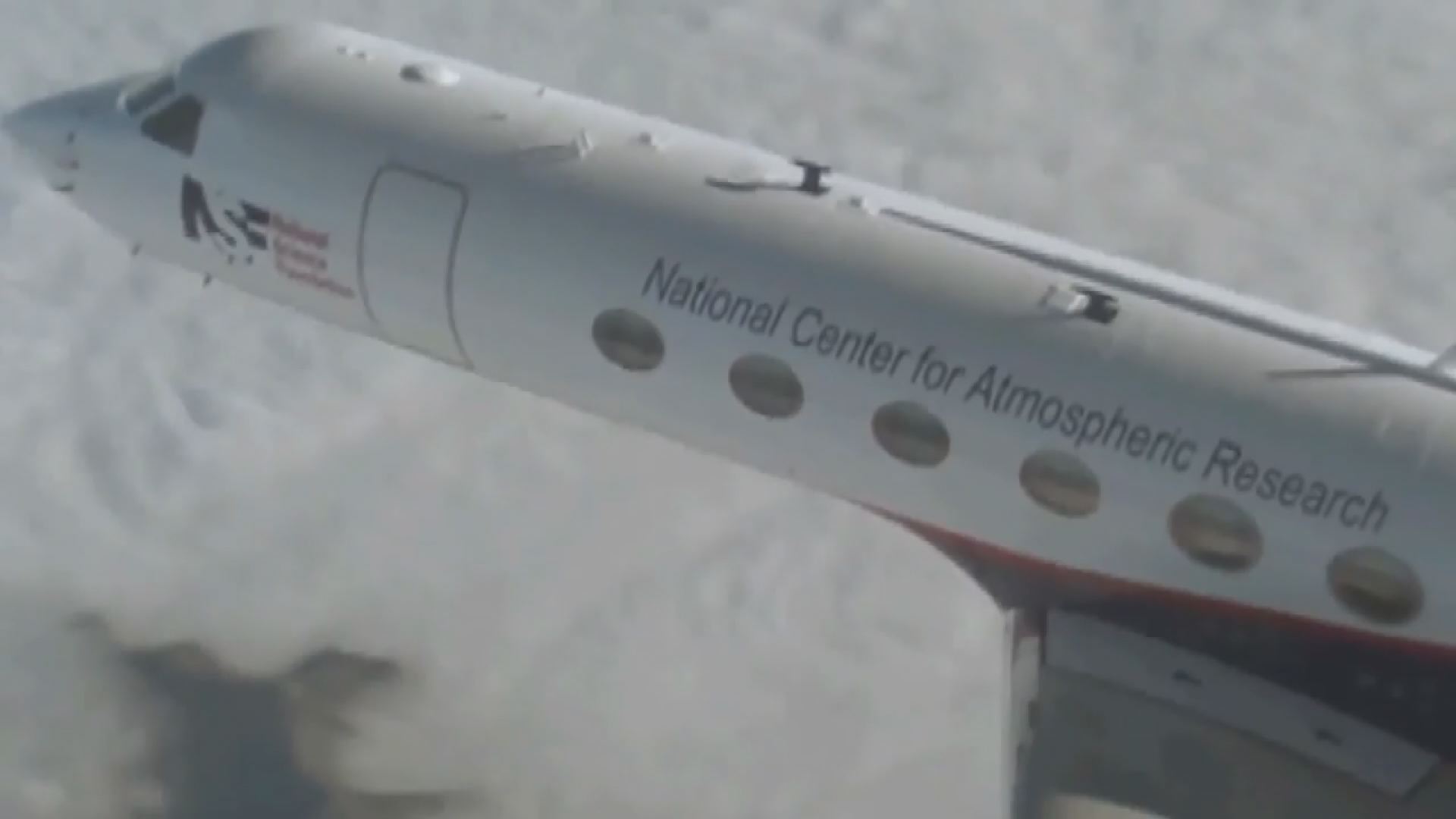
NCAR will be investigating how precipitation forms in those clouds.
Weather can be super cool and sometimes it can be ‘supercooled’.
Inside a cloud, tiny water droplets are forming and cooling. They reach temperatures well below freezing, but remain in a liquid state.The meteorological term for that is ‘supercooled.’

When a supercooled water droplet meets a solid object like a grain of dust, or an aerosol of some sort, it then freezes into ice.
"We don't know how appropriate the representations of these processes are for the Southern Hemisphere," said Greg McFarquhar, a principal investigator and the director of the University of Oklahoma Cooperative Institute for Mesoscale Meteorological Studies (CIMMS). "SOCRATES will give us an opportunity to observe these cloud-aerosol interactions and see how much they differ, if at all, from those in the Northern Hemisphere."
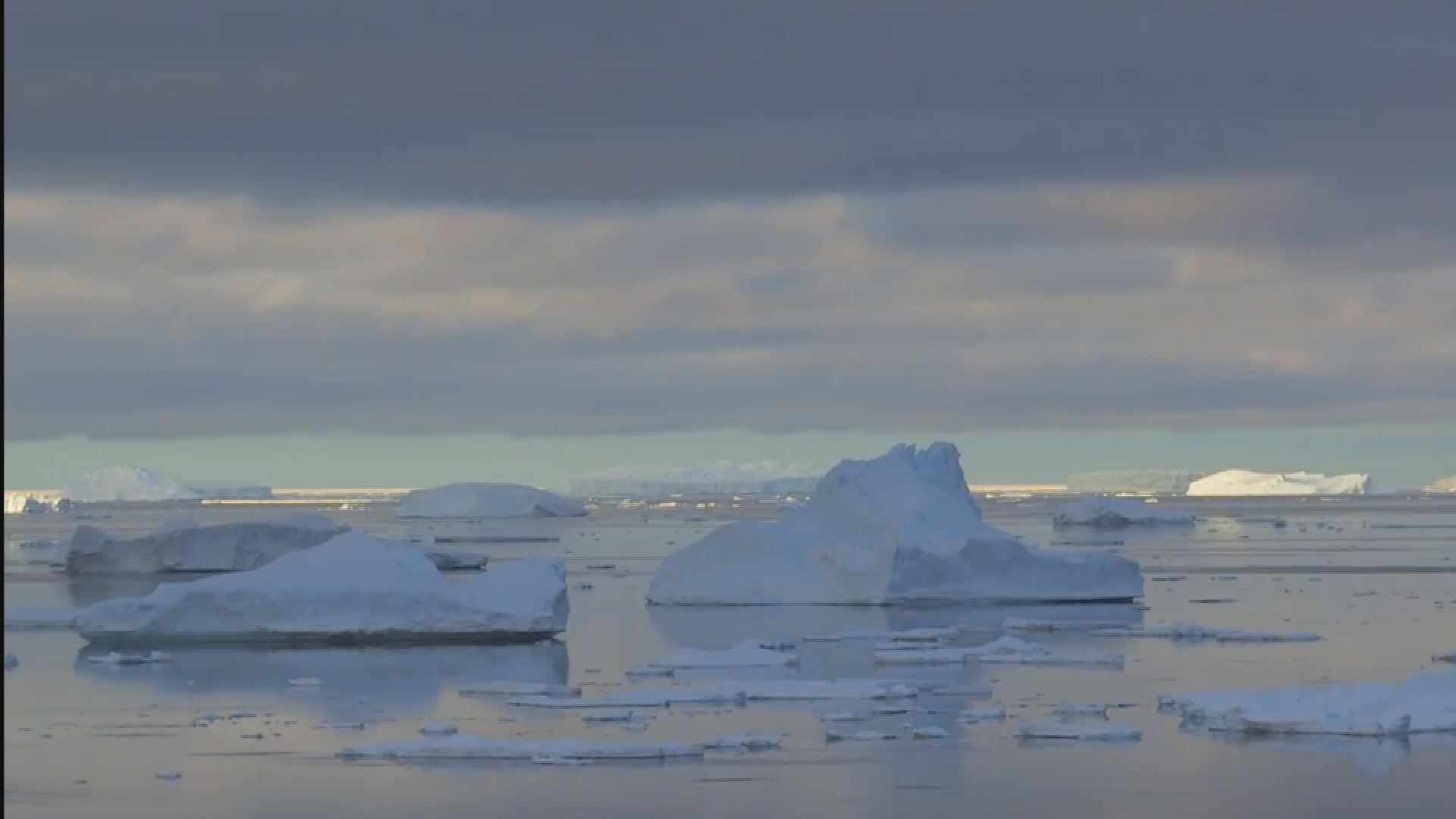
An important detail considering our computer models are developed from atmospheric observations, largely in the Northern Hemisphere.
So solving that supercooled mystery could improve or computer climate models.
The crews will be based in Tasmania, and will start their experiments in a couple weeks and run them through February. Besides high wind and large waves, the team expects icing to be a big obstacle to overcome, especially with their aircraft.

